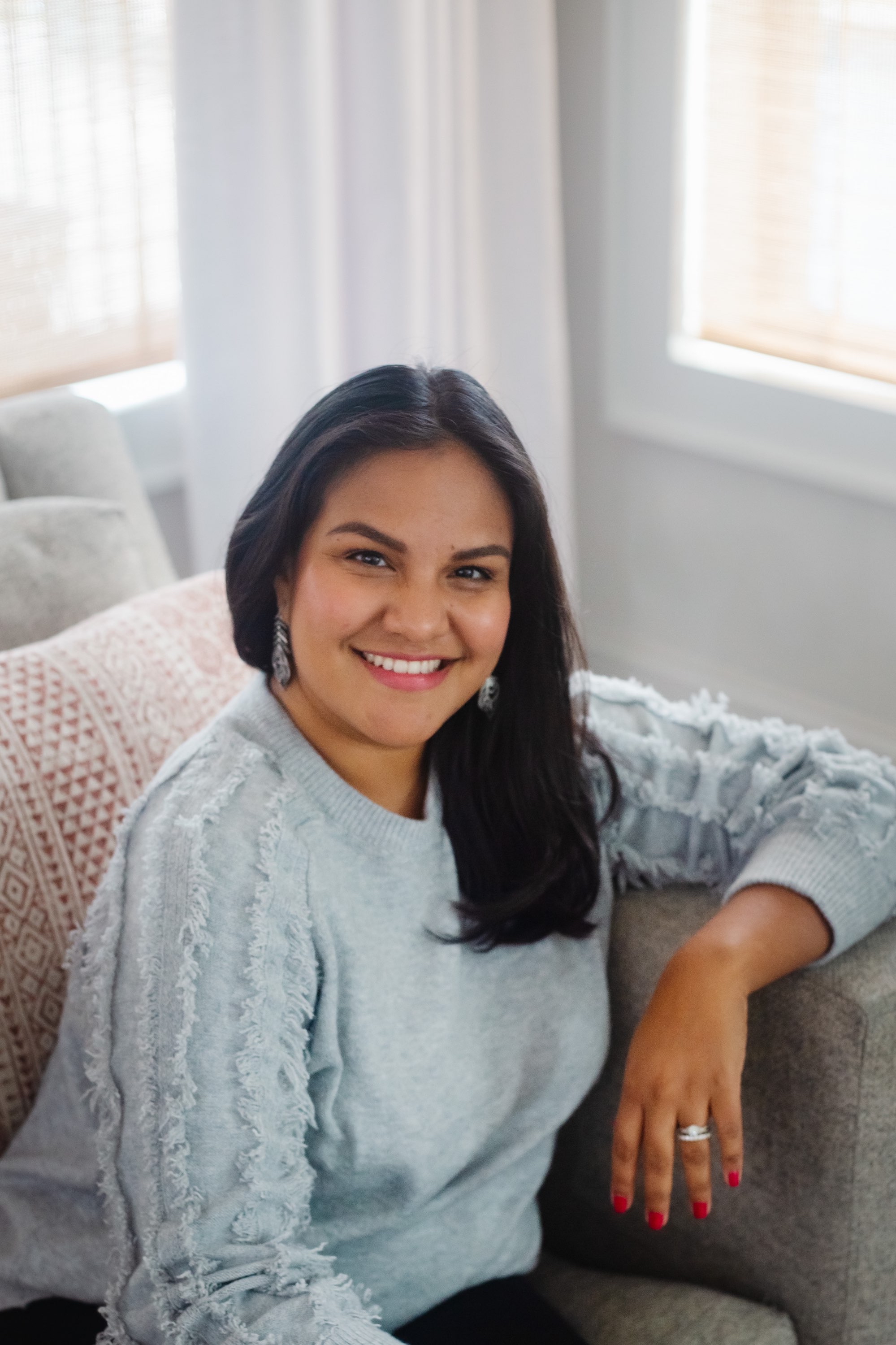How to skim coat a textured wall
- Marite

- Nov 22, 2022
- 3 min read
Updated: Jan 23, 2024
Wall texture is very common here in TX. We have knockdown texture on every single wall in out house and let's just say it is NOT my cup of tea.
I've wanted to do a dining room accent wall for a while, but the very first step before even thinking about an accent wall was getting rid of the wall texture in my dining room.
Don't forget to check out more home projects like my DIY outdoor kitchen and how to refinish a wood front door!

Affiliate Links have been used in this post. The purchase of these products are at no additional cost to you and help me support my family and business.
I started by removing the baseboard and making sure I removed all the caulk and nails left behind. This is the tool I use to remove trim and it works amazing every single time. I covered the edges with painters tape to protect the adjacent walls.
I wiped the walls and made sure there was no dust left on them.
There are different types of joint compound, you can buy the dry product and mix it yourself or you can buy premixed joint compound. I went with the second option and made sure I picked a quality product. I went with this joint compound that weights 25% less and has less shrinkage.

I also bough this taping knife and a mud pan.
For the first coat, I mixed some mud with enough water to make it a pancake batter consistency. You want to make sure you don't add too much water or it might cause excessive shrinkage.

Once you get the right consistency, you can start applying the mud with the taping knife.

The first coat won't be perfect. You basically want to make sure to apply a thin coat that is just thick enough to cover most of the texture.

I let it dry for a full 24 hours before sanding or applying an additional coat.
Once it is fully dry. you can sand the major imperfections and bumps to get ready for a second coat.

Wipe the wall again when you are done sanding to make sure it is clean for the second coat.
For my second coat, I went ahead and used the product straight from the container and didn't mix it with water. I simply mixed the mud with this beater attachment and my drill and was good to go.

I was careful with this coat and made sure to smooth the mud as much as I could to avoid having to sand too much. Sanding is the messiest part of skim coating so I tried to avoid having to sand too much.
I waited another 24 hours to make sure the mud had enough time to fully dry.
Next step: sanding.
I bought this wall sander that you can attach to a shopvac for a dustless drywall sanding. However, since I was very careful to smooth the mud on my second layer, I ended up not really needing to sand too much. I used a wet sanding sponge to gently sand any imperfections. To minimize any dust, I used my shopvac to suck the dust from the sanding.

As a final step, I used a slightly damp sponge to wipe any remaining dust on the wall to get it ready fro priming. Reminder: You need to prime your freshly skim coated wall before actually painting it.
The wall is sooo smooth now!! This is the same process to would follow to prepare your walls for wallpaper.

Does your home have textured walls?




Comments